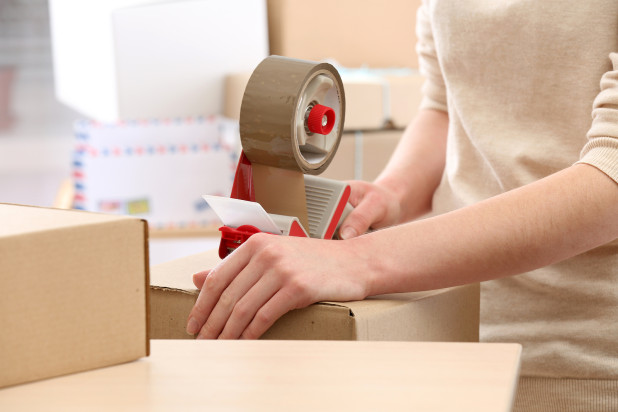
By guest author Chan Plett, professional content writer and self-proclaimed moving expert
Calculating shipping costs sounds relatively straightforward; after all, it’s simply working out the price of your packaging materials, right? Wrong! Many online businesses think switching to cheaper boxes will save them money, but it could cost them more in the long run.
Rather than focusing on the cost of packing materials, here’s the question you should be asking: “How does changing my supplies affect my entire shipping strategy?” Items arriving broken or in poor condition will ultimately affect your reputation and reduce the likelihood of future business.
Here are some tips to ensure your packaging system is cost-effective.
1. Use New Corrugated Boxes for Heavy or Fragile Items
Cardboard boxes are inexpensive for a reason — they are not as sturdy and durable as corrugated boxes. While you may save money when you buy cheaper boxes, unhappy customers who receive bent, flattened or beaten boxes could cost you sales and profits.
2. Avoid Overfilling and Underfilling
Generally, it’s best to avoid overfilling your boxes. If there is too much pressure inside the box, it could break more easily, as could its precious contents. However, if you are shipping a new product, you’ll want to err on the side of overfilling. From there, you can gradually reduce the amount of packing material inside the package until you’ve found the sweet spot that ensures the product arrives at its destination in a cost-effective, yet safe, manner. Be sure to also avoid underfilling — if the contents can move around easily inside the box, there’s a chance they can break in transit.
3. Consider the 2-inch Rule
A good rule of thumb is to put 2 inches of packing material around your product, with a 2-inch gap between the material and the box. Of course, these guidelines can vary based on the durability, shape and quality of your product.
4. Apply Appropriate Layering
The most protective material should be placed closest to the product. For example, polythene is more protective than paper, so it should be placed around the product first.
You should think about your shipping strategy the same way you would if you were moving to a new house. When you move, you find the right boxes and packing materials for your needs, you get a free moving quote from companies that transport goods and you pack your items carefully, knowing that you want to receive them in perfect condition on the other end.
These days, customers buy online more than ever, so ensuring that packages arrive in your customers’ hands safely is essential. Remember to think of your shipping strategy with the customer in mind. These tips will help you build a cost-effective packing system that will improve your online business’ bottom line.
For more info on the topic, check out our blog post on creative product packaging ideas.
For more tips and tricks on shipping, check out our FedEx vs. UPS vs. USPS page.
About the Author:
 Chan Plett is a professional content writer for the web and self-proclaimed moving expert, after having moved nearly once or twice every year for the past eight years. She’s written for Nordstrom, Eventbrite, and several online blogs.
Chan Plett is a professional content writer for the web and self-proclaimed moving expert, after having moved nearly once or twice every year for the past eight years. She’s written for Nordstrom, Eventbrite, and several online blogs.



